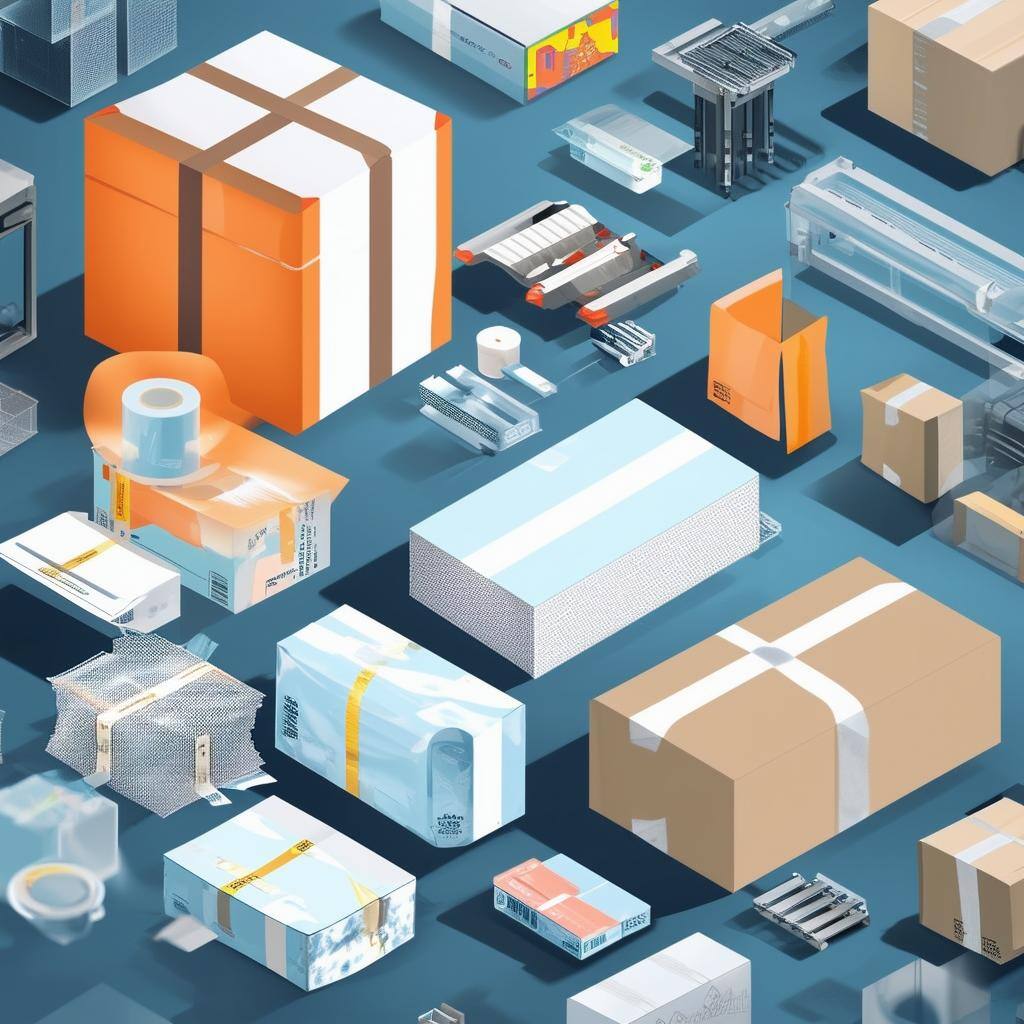Converting equipment—used for processes such as cutting, folding, laminating, or printing—plays a critical role in industries like packaging, printing, and manufacturing. These machines enable businesses to produce high-quality, customized products at scale. However, acquiring converting equipment can be a significant expense. Financing and leasing options offer an affordable way to invest in this machinery, ensuring businesses remain competitive without depleting cash reserves.
Why Finance or Lease Converting Equipment?
Converting equipment represents a major investment, and financing or leasing helps businesses acquire the tools they need without the financial burden of a large upfront payment.
Key Benefits:
- Preserve Cash Flow: Spread costs over time, allowing you to retain capital for other operational expenses.
- Access Advanced Technology: Financing or leasing enables businesses to invest in the latest equipment for improved efficiency and output.
- Flexible Options: Leasing provides the ability to upgrade or return equipment, while financing ensures ownership.
- Predictable Payments: Fixed monthly payments simplify budgeting and financial planning.
- Tax Advantages: Lease payments may be deductible, and financed equipment may qualify for depreciation benefits.
Types of Converting Equipment Eligible for Financing & Leasing
-
Slitter Rewinders:
- Used for cutting large rolls of material into smaller widths, ideal for packaging and printing applications.
-
Die Cutters:
- Precision tools for cutting and shaping materials into specific designs.
-
Laminating Machines:
- Equipment for bonding layers of material, commonly used in packaging and protective coatings.
-
Flexographic Printers:
- Specialized machines for high-speed printing on materials like cardboard, plastics, and textiles.
-
Sheeters:
- Convert rolls of material into sheets for further processing.
-
Pouch-Making Machines:
- Customizable machines used in packaging to create pouches and bags.
-
Embossing Equipment:
- Machines for creating raised or recessed designs on materials for aesthetic or functional purposes.
-
Roll Converters:
- Essential for converting bulk rolls of material into specific sizes or configurations.
Financing vs. Leasing Converting Equipment
Financing
- What It Is:
- Financing allows businesses to pay for the equipment over time and gain full ownership once the loan term ends.
- Best For:
- Companies that need long-term use of the equipment and prefer ownership.
- Advantages:
- Equipment ownership.
- Potential tax benefits through depreciation.
- No restrictions on how equipment is used.
- Disadvantages:
- Higher monthly payments compared to leasing.
- Maintenance and repair costs are the owner’s responsibility.
Leasing
- What It Is:
- Leasing allows the use of equipment for a set period, with options to upgrade, buy, or return at the lease’s end.
- Best For:
- Businesses seeking flexibility or planning to upgrade frequently.
- Advantages:
- Lower upfront costs.
- Easier access to updated equipment.
- Maintenance may be included, depending on the lease agreement.
- Disadvantages:
- No ownership unless a buyout is exercised.
- May cost more over time if the equipment is leased long-term.
Types of Leasing Options for Converting Equipment
-
Operating Lease:
- Short-term lease where the leasing company retains ownership. Suitable for temporary projects or rapidly changing technology.
-
Capital Lease:
- A long-term lease designed to transfer ownership at the end. Best for businesses intending to keep the equipment.
-
Fair Market Value (FMV) Lease:
- Provides flexibility to purchase, upgrade, or return the equipment at the end of the lease term.
-
$1 Buyout Lease:
- Ownership transfers to the business for $1 after the lease ends. Ideal for companies seeking long-term equipment retention.
How to Secure Converting Equipment Financing or Leasing
-
Evaluate Your Needs:
- Determine the type, size, and specifications of the converting equipment required for your operations.
-
Set a Budget:
- Establish an affordable monthly payment range, factoring in your cash flow and operational goals.
-
Research Lenders or Lessors:
- Choose a provider with expertise in industrial and manufacturing equipment. Compare interest rates, terms, and flexibility.
-
Gather Financial Documents:
- Prepare financial statements, business plans, and projections to support your application.
-
Submit an Application:
- Include details on how the equipment will impact productivity and profitability.
-
Review the Terms:
- Carefully read the agreement for payment schedules, maintenance responsibilities, and end-of-term options.
Benefits of Financing & Leasing Converting Equipment
- Enhanced Productivity:
- Access to advanced converting equipment allows for faster, more precise operations.
- Cost Efficiency:
- Leasing and financing options provide affordable solutions, reducing strain on working capital.
- Flexibility:
- Upgrade to newer technology or expand capabilities as your business grows.
- Predictable Expenses:
- Fixed monthly payments make budgeting more straightforward.
- Tax Savings:
- Take advantage of deductions for lease payments or depreciation for financed equipment.
- Reduced Risk:
- Leasing minimizes risks associated with equipment obsolescence.
Industries That Benefit from Converting Equipment Financing & Leasing
- Packaging: Laminators, die cutters, and pouch-making machines.
- Printing: Flexographic printers and embossing equipment.
- Textiles: Roll converters and laminating systems.
- Paper Products: Sheeters and slitter rewinders.
- Food & Beverage: Packaging and lamination systems for customized solutions.
Conclusion
Financing and leasing converting equipment provide businesses with flexible, cost-effective ways to access essential machinery. By understanding your needs and exploring available options, you can implement converting solutions that boost productivity, streamline operations, and drive business growth. Whether you’re expanding your capabilities or upgrading outdated machinery, financing and leasing ensure your business stays competitive and prepared for the future.











